It seems not a day goes by without an announcement about a significant new discovery that brings us ever more closer to finding life, potentially within the confines of our solar system. In fact, in April this year, NASA chief scientist Ellen Stofan made the following comment during a press conference:
I think we’re going to have strong indications of life beyond Earth within a decade, and I think we’re going to have definitive evidence within 20 to 30 years
Stofan also appeared confident such indications of life would be evident in our own solar system. So bearing that in mind, I thought it would be quite interesting to consolidate some of the findings and see, if life is found in the solar system – what are the most likely places where it might appear? I am deliberately ignoring Mars for this as that is a post in itself due to the multiple variations of life available there (quick fact: Mars produces 270 tons of methane a year, of which only 0.8% of which is accountable by asteroid impact, so presence indicates that there must be an active source on the planet in order to keep such levels in the atmosphere…).
Located deep in our solar system, here are the celestial bodies where we are most likely to find alien life, in reverse order.
Enceladus
Dimensions: 513.2 × 502.8 × 496.6 km
Surface temp.
- min −240 °C
- mean −198 °C
- max −128 °C
Atmospheric composition
- 91% water vapor
- 4% nitrogen
- 2% carbon dioxide
- 7% methane
Why life:
Enceladus is one of Saturn’s smaller moons in the outer reaches of our solar system. Recently Nasa’s Cassinni probe has detected a substantial ocean underneath its ice sheet. The ocean will likely be 6 miles (10 kilometres) deep, beneath an ice shell about 19 to 25 miles (30 to 40 kilometres) thick. The resulting pressure results in enormous gushes of water coming out from the subsurface at 2,189 km/h (1,360 mph). What is interesting is that some parts of the moon are significantly above temperature permitted by astronomical models (this allows the water below the surface to be kept liquid) and the source of this heat has not been identified, although theories such as existence of cryovolcanoes and radioactive heating are interesting.
Type of life:
Most likely microbial in nature. Since salt has been found on ocean surface, it is likely that it is interacting with seafloor, enhancing chances of finding life similar to that in earth’s deep oceans
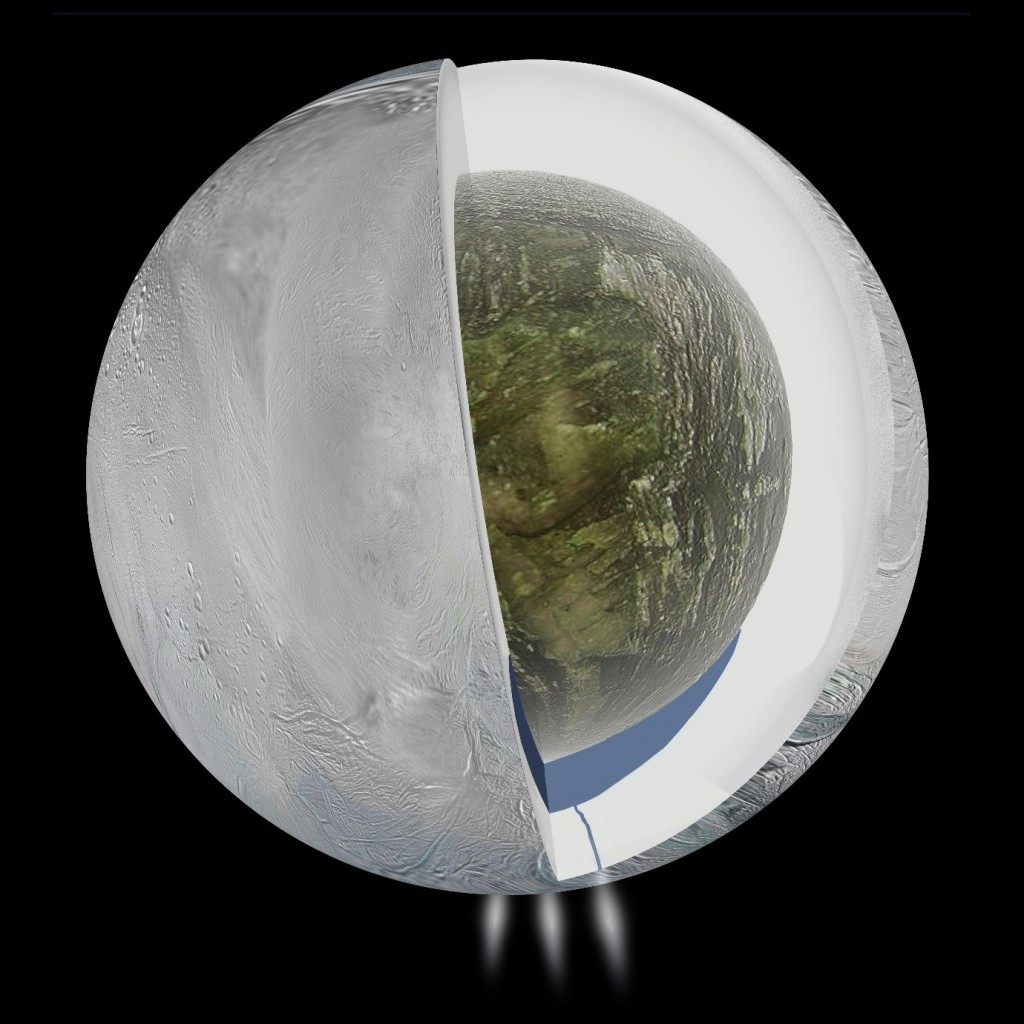
Fig 3: Large ocean detected under ice – NASA model. The gravity measurements suggest that Enceladus is composed of layers of different materials, with a low-density core consisting of silicate rock underlying the ocean
Europa
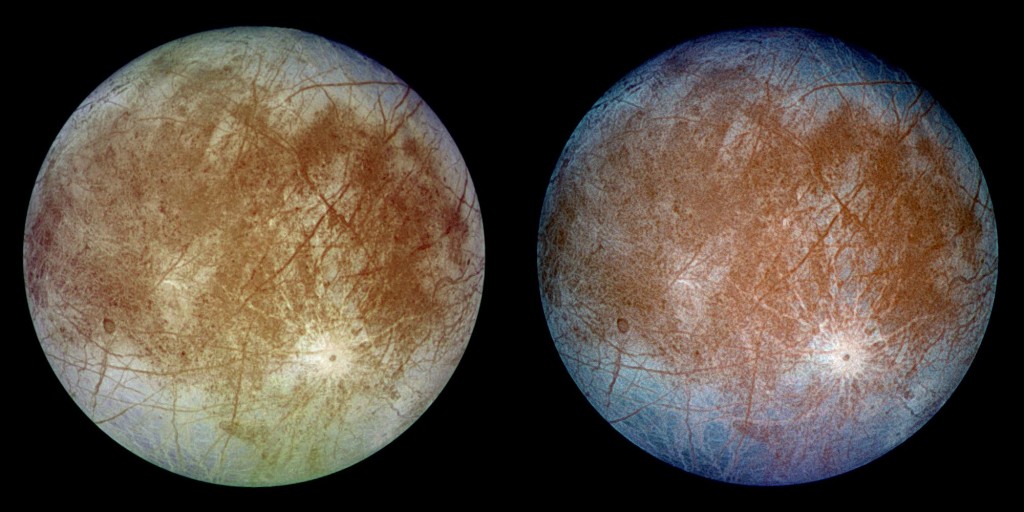
Fig 4: Europa has one of the smoothest terrains in the solar system made from frozen water. The red lines across are linea, most likely made from eruptions of warm ice from below to the top.
Dimensions: c.3,100km in diameter
Surface temp.
- min -223C
- mean -171C
- max -148C
Atmosphere:
- Majority molecular oxygen (02)
Why life:
Next to the largest planet in our solar system, Jupiter, Europa has an outer layer of frozen and liquid water 100 km thick. The likely presence of hydrogen peroxide on the planet provide an important potential energy source for life forms. Like on Enceladus, since salt has been found on ocean surface, it is likely that it is interacting with seafloor, enhancing chances of finding life.
Type of life:
Most likely microbial in nature. Since salt has been found on ocean surface, it is likely that it is interacting with seafloor, enhancing chances of finding life similar to that in earth’s deep oceans. In addition Europa’s atmosphere might provide a slightly different type of life than that on earth:
The scientists think hydrogen peroxide is an important factor for the habitability of the global liquid water ocean under Europa’s icy crust because hydrogen peroxide decays to oxygen when mixed into liquid water. “At Europa, abundant compounds like peroxide could help to satisfy the chemical energy requirement needed for life within the ocean, if the peroxide is mixed into the ocean (NASA)
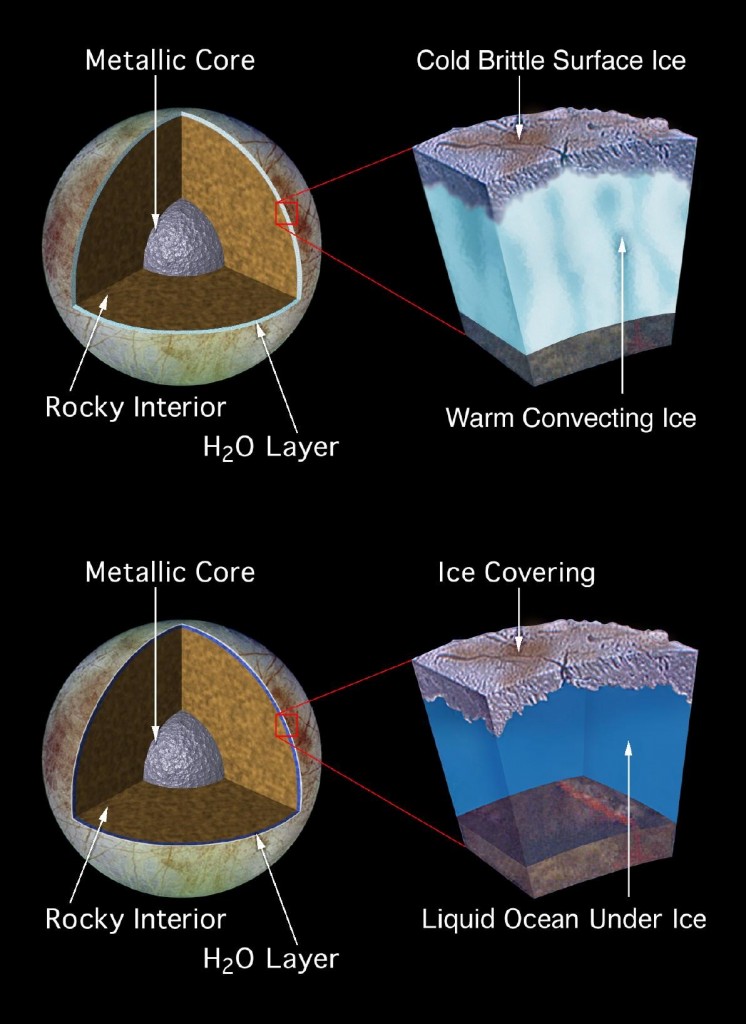
Fig 5: Most likely scenario for Europas internal structure
Titan
Diameter: 5,152km
Temperature: −179.5 °C
Atmosphere composition
- Stratosphere:
- 4% nitrogen (N2),
- 4% methane (CH4),
- 2% hydrogen (H2);
- Lower troposphere:
- 0% N2, 4.9% CH4
Why life:
Saturn’s largest moon, Titan is the only moon with a dense atmosphere and the only other stellar body besides earth where we have observed surface liquid.
Titan is does not have liquid water; however, its thick atmosphere is chemically active and rich in carbon compounds. A large amount of liquid methane and ethane is present on the surface which has led to speculations that these liquids might take the place of water in living cells different from those on Earth.
Type of life:
Life forms on Titan would be different to water based ones found on earth, relying instead on a methane metabolic process:
Recent results from the Cassini mission suggest that hydrogen and acetylene are depleted at the surface of Titan. Both results are still preliminary and the hydrogen loss in particular is the result of a computer calculation, and not a direct measurement. However the findings are interesting for astrobiology. Methane-based (rather than water-based) life – ie, organisms called methanogens — on Titan could consume hydrogen, acetylene, and ethane. The key conclusion of that paper (last line of the abstract) was “The results of the recent Huygens probe could indicate the presence of such life by anomalous depletions of acetylene and ethane as well as hydrogen at the surface.” (Source)
To conclude:
Although the locations described are distant and cold, they provide scientifically plausible environments for life to flourish, although its form may be chemically very different than that found on earth.


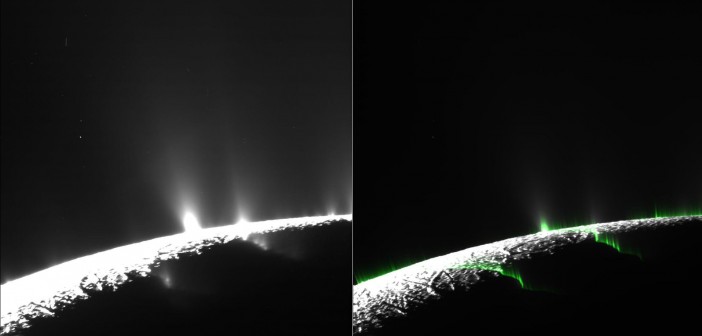
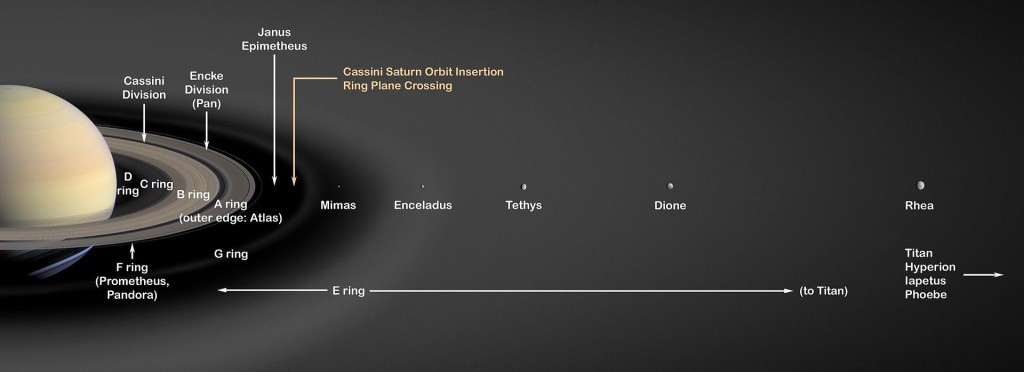
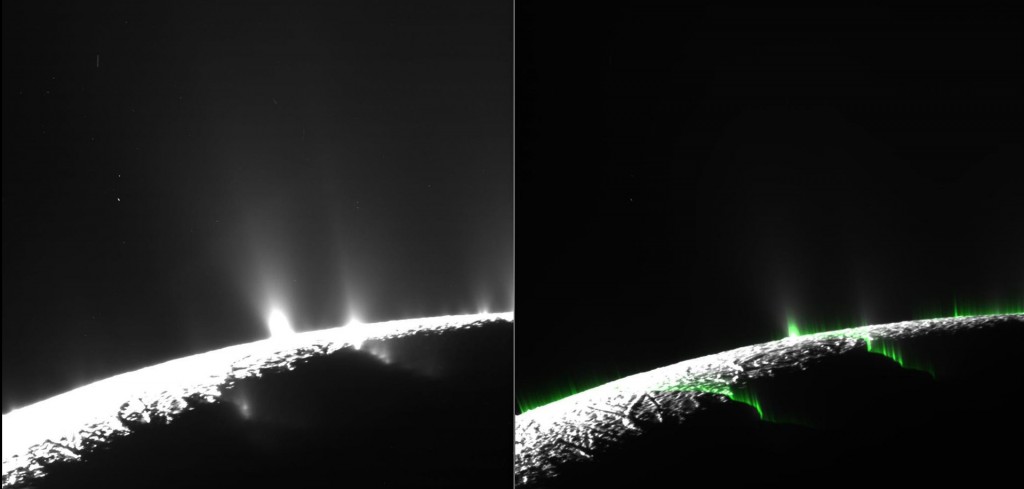

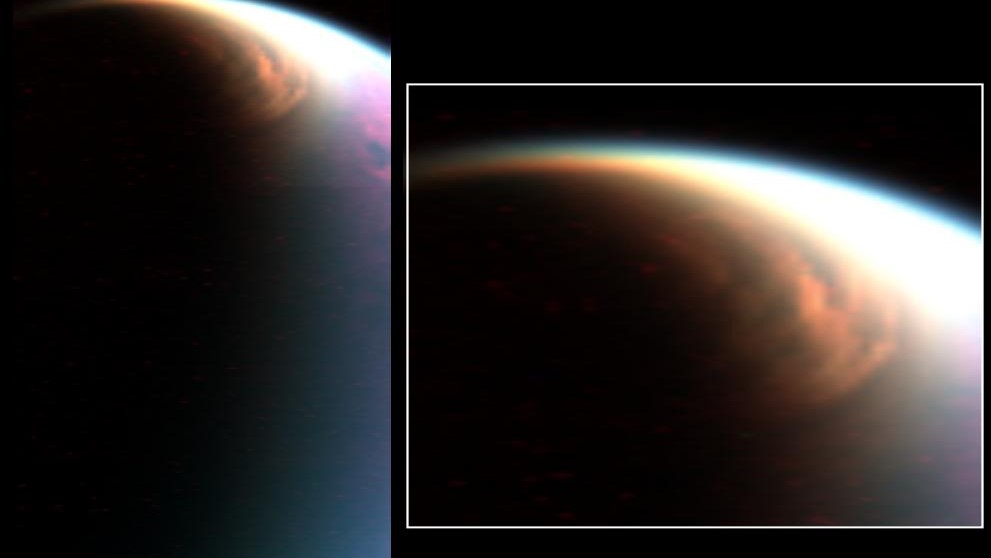
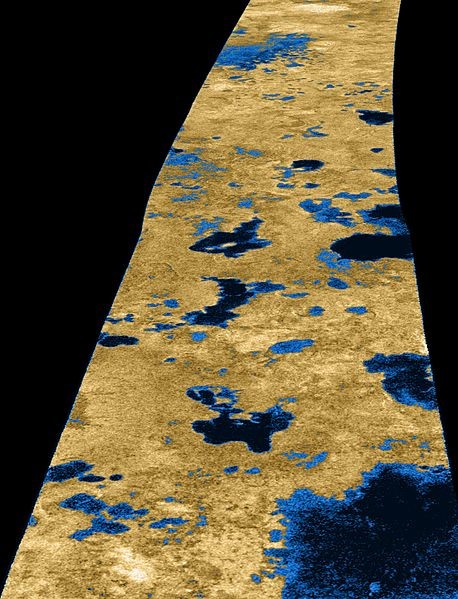



1 Comment
Agreed, solar is definitely moving forward with huge advancements in technology, and with the introduction of new organic fuel concepts – the future of solar is very bright. The only downside is the size and cost – however both of these issues will see solutions within the next 3-5 years, guaranteed. PV panels and AIO home hubs is where we should be focusing our efforts on!